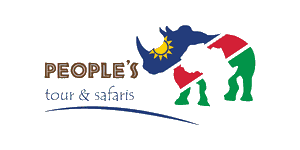
Safari Tours to Kaokoland
-
![14-Day Namibia Flying Safari]()
14-Day Namibia Flying Safari
$18,895 to $27,773 pp (USD)
Namibia: Private tourLuxuryLodge & Tented Camp
You Visit: Windhoek (Start), N/a'an ku sê (Wildlife Sanctuary), Kulala WR, Skeleton Coast NP, Kaokoland, Etosha NP, Windhoek (End)

Wayfairer Travel
4.8/5 – 172 Reviews
-

7-Day All Inclusive Namibia Desert Luxury Fly-in Safari
$10,995 to $16,584 pp (USD)
Namibia: Private tourLuxury+Lodge & Tented Camp
You Visit: Windhoek (Start), Sossusvlei (Sand Dunes), Skeleton Coast NP, Kaokoland, Windhoek Airport (End)

Secret Namibia
4.8/5 – 32 Reviews
-
![13-Day Namibia Exclusive Luxury Fly in Safari]()
13-Day Namibia Exclusive Luxury Fly in Safari
$18,798 pp (USD)
Namibia: Private tourLuxuryLodge & Tented Camp
You Visit: Windhoek (Start), Eastern Etosha NP, Kaokoland, Skeleton Coast NP, Namib-Naukluft NP (Namib Desert), Hosea Kutako Airport (End)

People Tours And Safari
4.8/5 – 72 Reviews

 Namibia Parks
Namibia Parks












